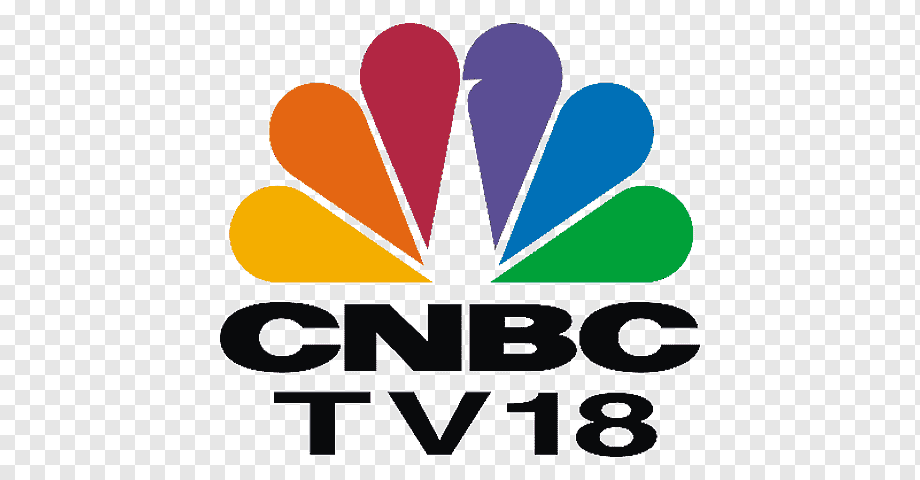Advertisement|Remove ads.
Karur Vysya Bank targets FY26 with stable loan book and controlled NPAs

Karur Vysya Bank (KVB), a scheduled commercial bank headquartered in Tamil Nadu, has reported a consistent decline in its gross NPA, reflecting strong asset quality management and proactive risk mitigation measures.
MD and CEO Ramesh Babu highlighted that the quality of the loan book remains robust despite challenges in the broader banking environment.
For FY26, Karur Vysya Bank expects to stay below the targets it had set for both gross and net NPAs, signaling confidence in its portfolio and recovery measures. The bank’s disciplined lending practices, coupled with early intervention on stressed accounts, have helped maintain a clean and resilient balance sheet.
Loan growth remains robust, led by retail, agriculture, and MSME segments, collectively referred to as RAM. The bank is strategically de-risking its corporate portfolio by reducing high-value exposures above ₹150 crore, while continuing strong growth in RAM loans.
In the July–September quarter of 2025 (Q2FY26), Karur Vysya Bank reported a net profit of ₹573.7 crore, while net interest income (NII) grew to ₹1,261 crore.
Read Here | Karur Vysya Bank Q2 Results: Net profit jumps 21% YoY; NII up nearly 19%
Below are the edited excerpts of the interview.
Q: Your NIMs guidance continues to remain between 3.7% and 3.75%. At the end of the first half, it was at 3.8%. Does that indicate that there is still further room for compression for NIMs going forward, or do you believe that the NIMs are bottomed out and will improve in the second half?
A: Before I answer, I will just share some good news about what has happened in the bank. During the quarter, we crossed ₹2 lakh crore in total business, which is a landmark number for the bank. It took 100 years for the bank to reach its first ₹1 lakh crore. Now, we are able to grow by ₹1 lakh crore every four years, which is likely to accelerate further.
Coming to the NIMs, yes, we have guided 3.7% to 3.75%, but consider the efforts we had to make to contain business losses, especially with significant competition. In that context, we thought we might have to forgo some other business opportunities.
The RBI rate cut is also uncertain. That is why, conservatively, we guided 3.7% to 3.75%, but I feel that we will likely be above that.
Q: You were able to contain your overall OPEX or operating expenditure this quarter, especially employee costs. The cost-to-income ratio is also just 42.6% now, lower than the 47% levels we have seen in the last couple of quarters. Was this a one-off, or can we expect this level going forward?
A: What you said is correct, partly because of a one-off recovery of ₹295 crore, which brings it down to 42%. If you exclude that, it would be around 45%, which is still well below the 50% we had guided. We believe that with the investments we are making, we can continue to maintain a cost-to-income ratio around or below 50%.
Q: Regarding asset quality, you had mentioned provisions due to higher slippages and two accounts turning into NPAs this quarter. Can you elaborate? Are you confident there will be recoveries, and where do you see asset quality by year-end?
A: We have two categories. Excluding corporate accounts, where most banks are feeling the pain, we are at the lowest levels. Our total SMA 30+ is just 0.27%. For the two corporate accounts that became NPAs, the expected slippages over the last two years are between 0.2–0.3%.
When we realised some accounts might not work out, we decided it was better to “bite the bullet” and start enforcement measures early. That was a conscious decision.
The silver lining is that we recovered ₹295 crore in the quarter. Without disrupting operations, management is able to maintain the bank’s performance. Our ROE is 1.81%, which is again the highest we have recorded.
Additionally, high-value exposures above ₹150 crore have been substantially reduced. Two years ago, they were 3% of the portfolio; now, they are 1.5%. This demonstrates that we are actively de-risking the portfolio. Even if issues arise, they should not impact the entire balance sheet.
Q: So you are saying you are reducing your exposure to corporates, am I reading that correctly?
A: No, we are reducing exposure only to high-value corporates above ₹150 crore.
Q: Your loan growth was healthy, specifically led by Retail, Agriculture, and MSME (RAM). Will this continue? What is your loan growth target?
A: Yes, this will continue. Retail growth is around 22% year-on-year. Agriculture is also growing well; we are strong in the gold loan segment. Commercial lending is growing too.
There is still slight stress on the liability side — most deposits are term deposits rather than CASA, which makes the cost relatively higher. That is why we are cautious with corporate lending, where yields are low, and are focusing more on RAM.
If deposit normalcy is restored, we may increase corporate lending. For now, 86% of growth will come from RAM, and there is still significant potential. Compared to last year, commercial disbursements have grown around 35%.
Q: You mentioned reaching ₹2 lakh crore in business. With the current loan growth, is it fair to say your loan book will reach ₹1 lakh crore by year-end?
A: It looks like that.
Q: Can you give a target? Are you confident of achieving it?
A: We have told the market we aim to be above the industry growth. If the industry grows at 11%, we aim for 13%. RAM alone is growing at 20%, which is strong, but it depends on liability flows, especially CASA. If deposits grow normally, 16% growth is achievable.
Q: Can you reiterate your NPA target this year? Gross NPA increased by 10 basis points this time. What is the comfortable level?
A: We have guided for a gross NPA of 1.5%, but it may not reach that. Our gross and net NPA have been coming down consistently. Even after the recent hits, net NPA is 0.19%. The quality of our portfolio and balance sheet remains strong. The market guidance was 1.5% gross NPA and 1% net NPA, which are upper limits. We expect to stay well below these levels.

/filters:format(webp)https://images.cnbctv18.com/uploads/2018/03/shutterstock_745981804.jpg)
/filters:format(webp)https://st-everywhere-cms-prod.s3.us-east-1.amazonaws.com/cnbctv18logo.png)
/filters:format(webp)https://images.cnbctv18.com/uploads/2018/03/shutterstock_574323772.jpg)
/filters:format(webp)https://st-everywhere-cms-prod.s3.us-east-1.amazonaws.com/large_stock_rising_resized_f17852d7aa.jpg)
/filters:format(webp)https://st-everywhere-cms-prod.s3.us-east-1.amazonaws.com/unnamed_jpg_9dff551b50.webp)
/filters:format(webp)https://images.cnbctv18.com/uploads/2021/08/startup_funding1.jpg)
/filters:format(webp)https://news.stocktwits-cdn.com/large_Getty_Images_2203138957_jpg_dd735f9905.webp)
/filters:format(webp)https://news.stocktwits-cdn.com/IMG_4530_jpeg_a09abb56e6.webp)
/filters:format(webp)https://images.cnbctv18.com/uploads/2025/08/2025-08-05t045421z-1959791813-rc26kda2b3it-rtrmadp-3-indusind-bank-stocks-2025-08-68f6aea16b508e51a6b3547f6d7ae2a1.jpg)